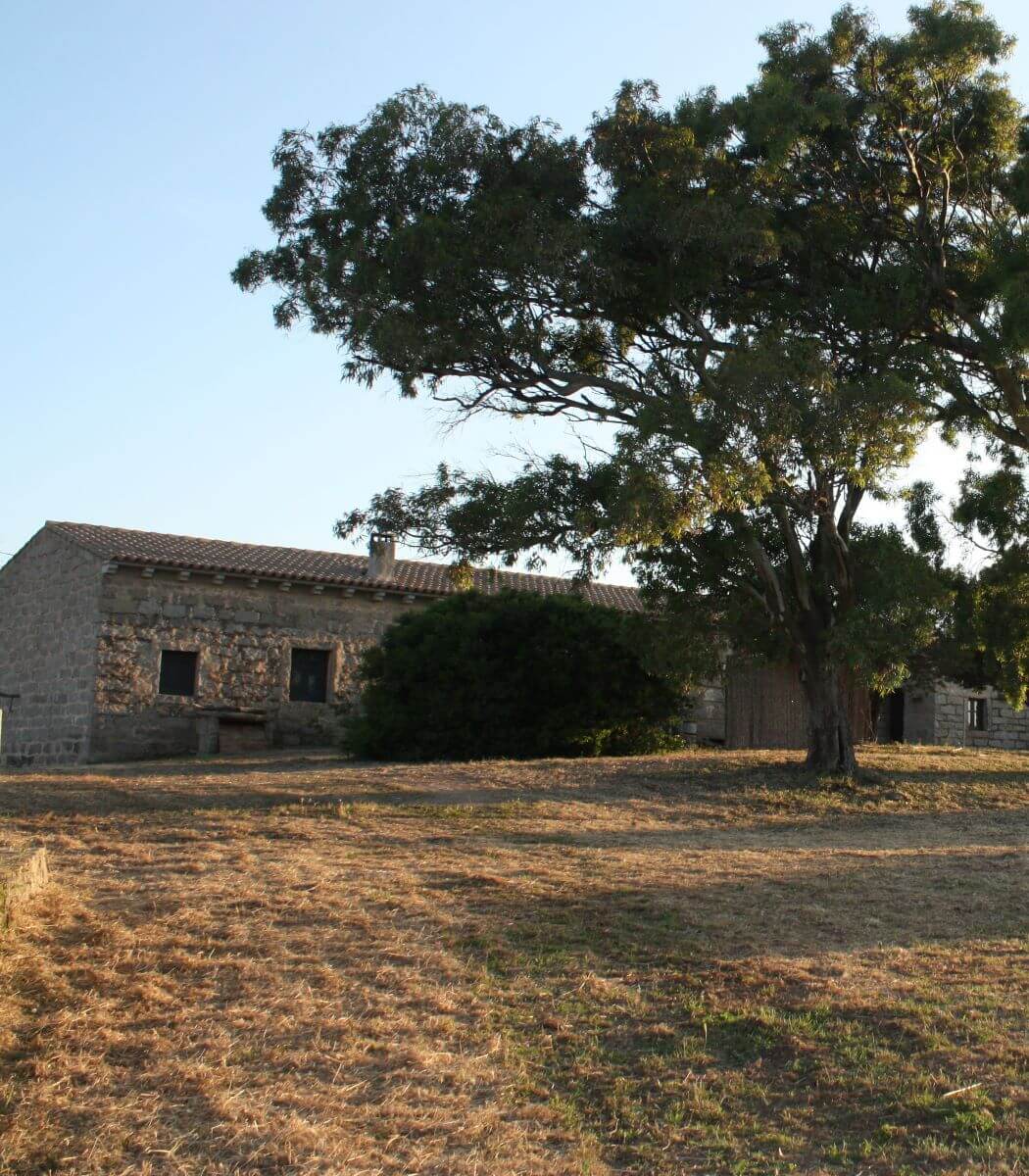
The Agriturismo
Grandfather Augusto chose the name ‘Lu Branu’ which means ‘the spring’ in Gallurese. He wanted the name to recall the awakening of nature and the wishing for the soil’s fertility as well as the richness of the fields. The name represents hope for a good future harvest and gratefulness for nature’s generosity in one word.
Augusto and Anna lived right here, at Lu Branu, where now children and grandchildren continue with passion to make use of the knowledge they passed on to them.
The 'stazzo'
Since 1800 our ancestors settled in this valley, building the ‘stazzo’ – a small village based on agriculture, animal husbandry and handcraft. Our farm’s activities – departed in ’91 – follow the same principles. We keep on pursuing them while respecting traditions, the environment and animal well-being.
At our farm, local culture is kept alive as we organize all its activities based on knowledge that has been passed on to us by our ancestors who worked these lands before us.

1950
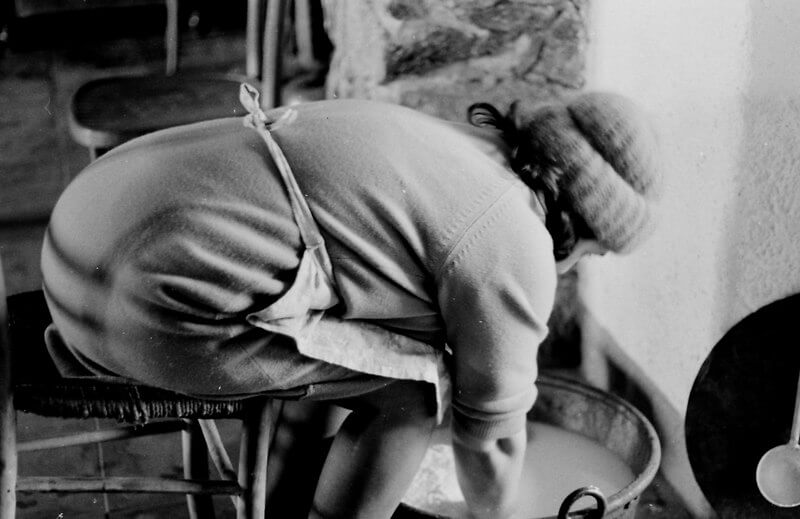
The first farm
Augusto and Anna began to lay the first foundations for today’s farm by planting the vineyard and the olive grove. They started to cultivate the vegetable garden and to raise some cattle.
1960
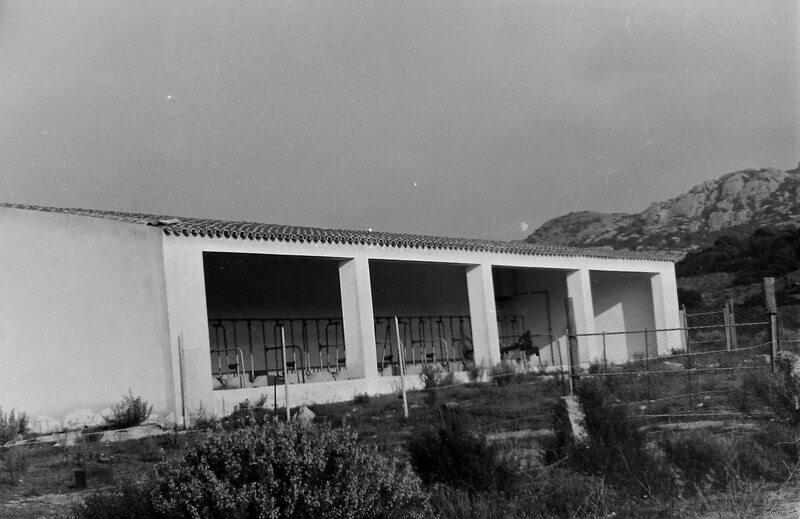
First constructions
The ox-led plough was changed for the first tractor – a huge innovation at that time. Then, the first stables and the farmstead were built in the year ’68.
1971
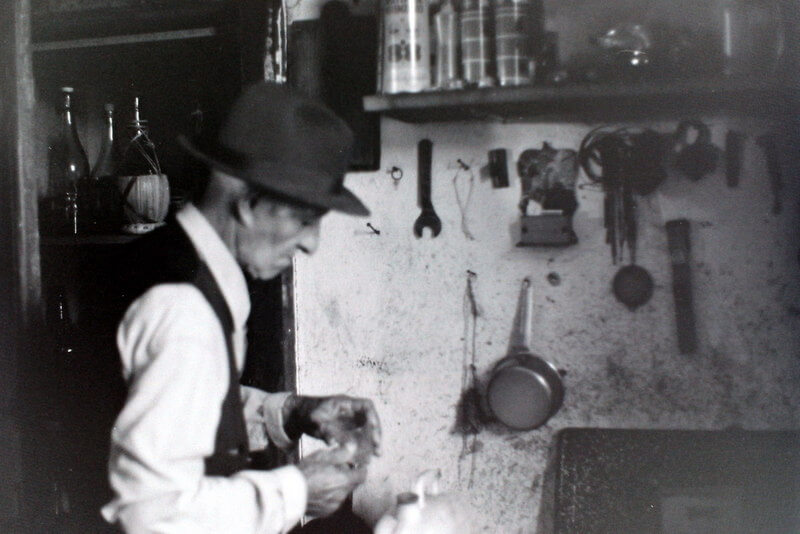
Relocation
This might have been the most important year. Antonio Pisciottu, a close friend of the family, gave a big territory with a stazzo as a present to Anna and Augusto. They moved to that area with the whole family – today there you can find our farmer’s market.
1980
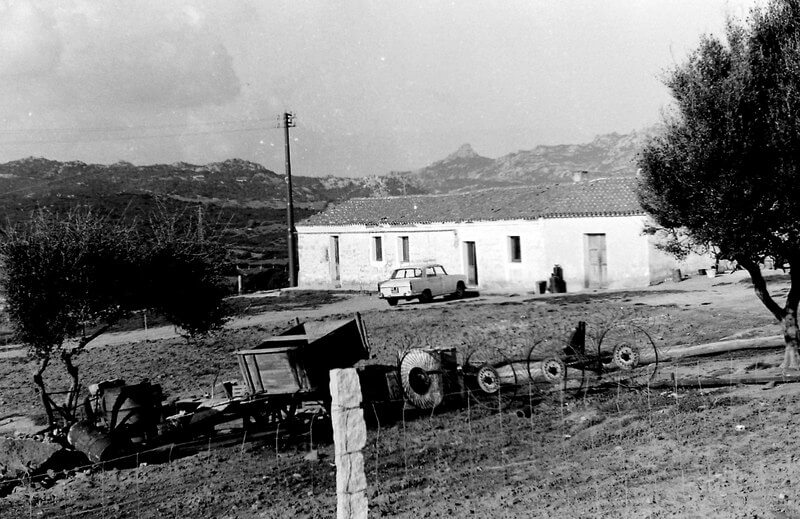
Organisation
10 years of work, organisation, and expansion of the farm – preparing for the new opening.
1991
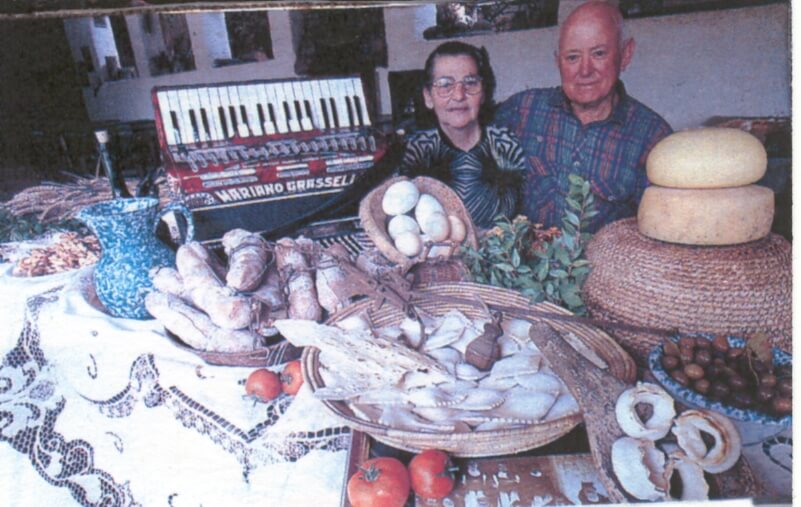
Hour of Birth: The Agriturismo Lu Branu
After many years of work, finally the agriturismo could be inaugurated – thanks to the farm’s earnings.
From '98
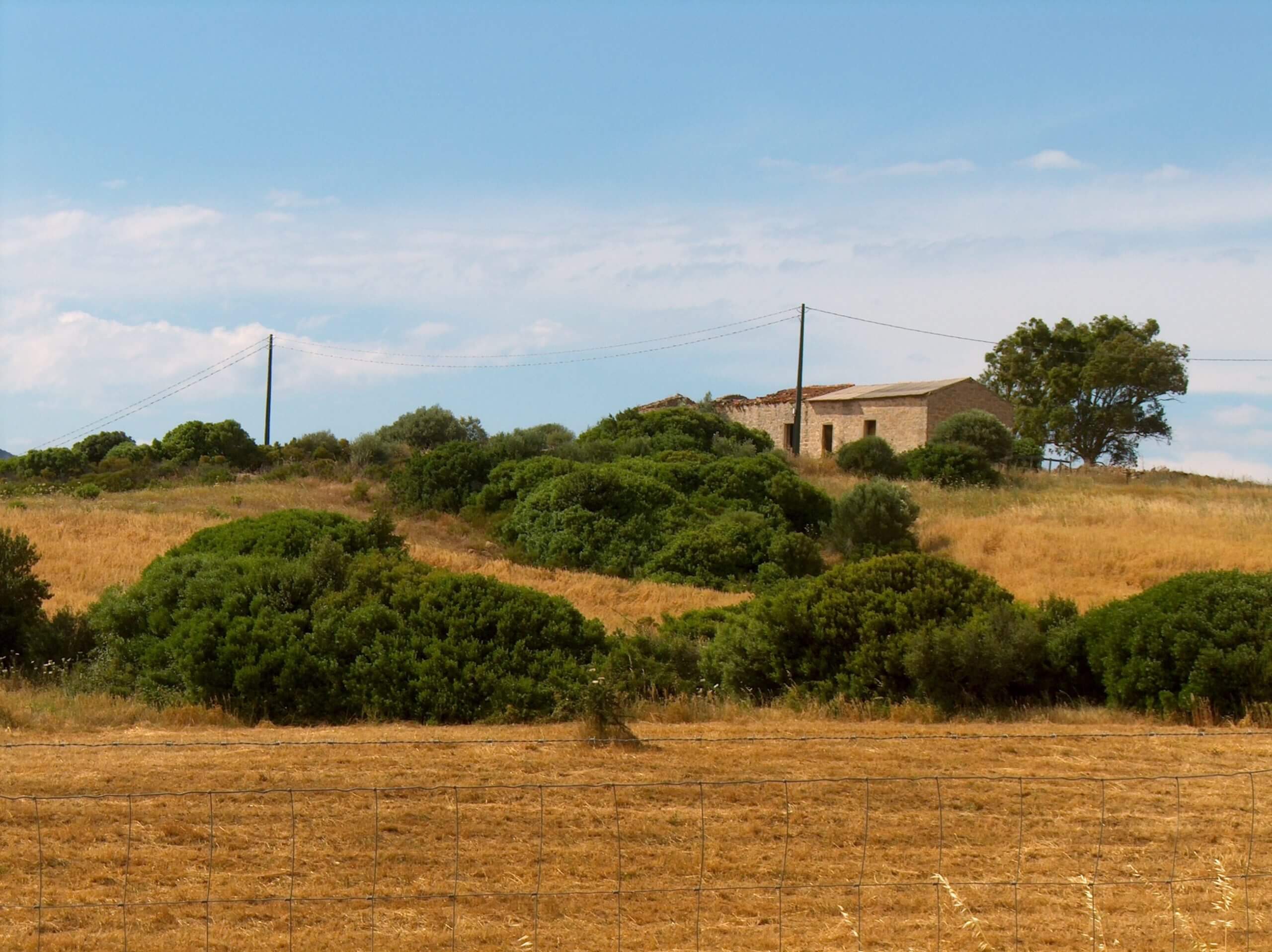
Rooms, museum and farmer's market
Again, the agriturismo’s income allowed for the renovation of the stazzo that had been inherited by the grandparents. In the original village, the museum was created. Subsequently, the rooms and the farmer’s market were founded.